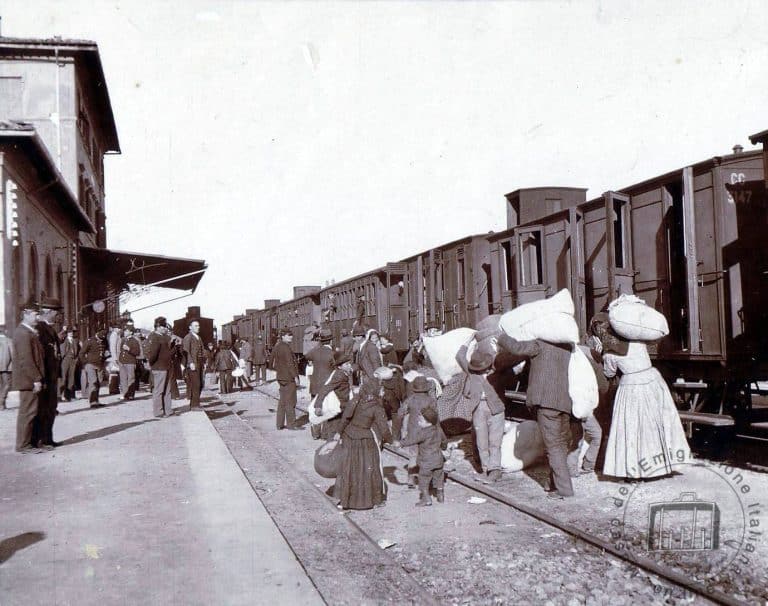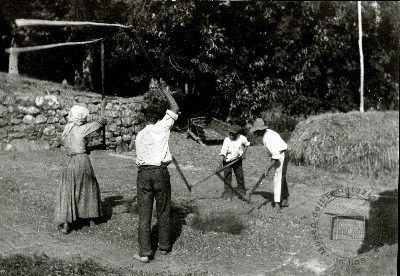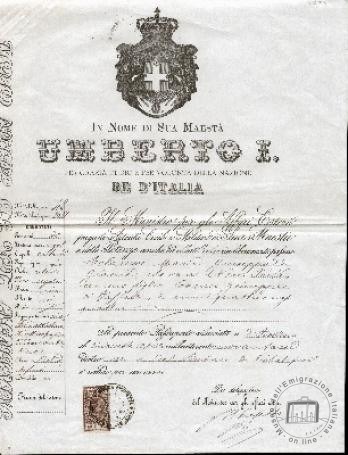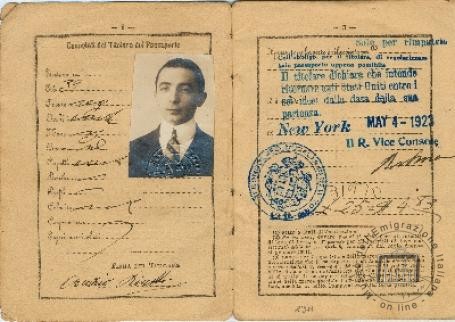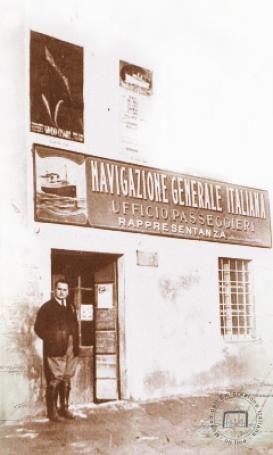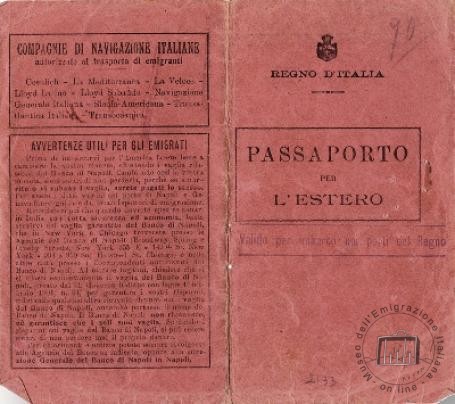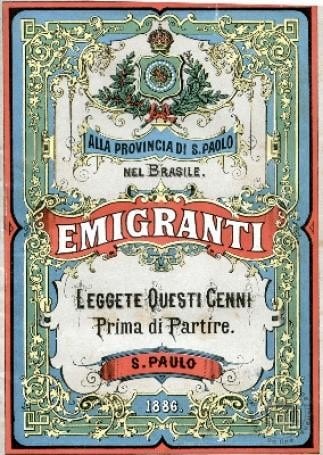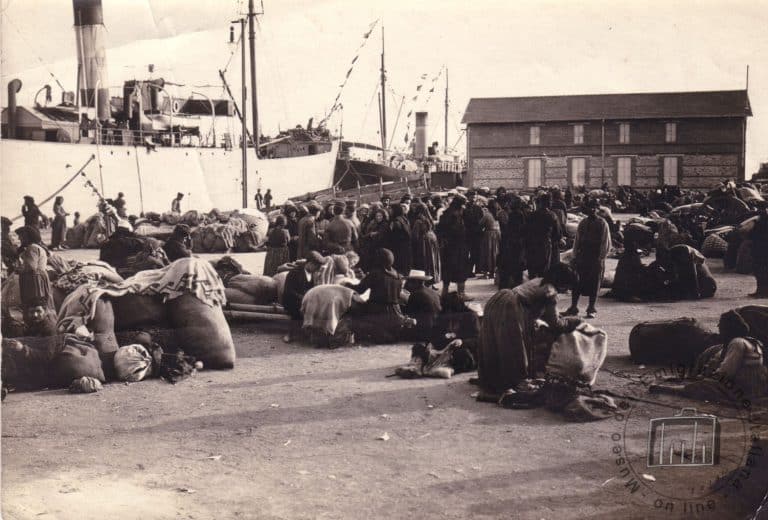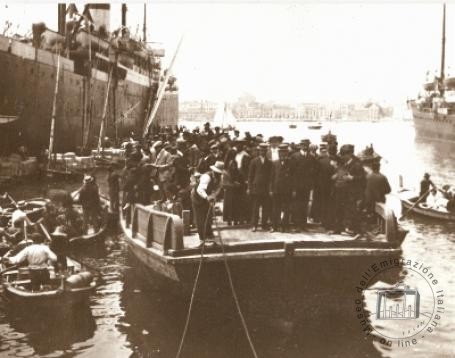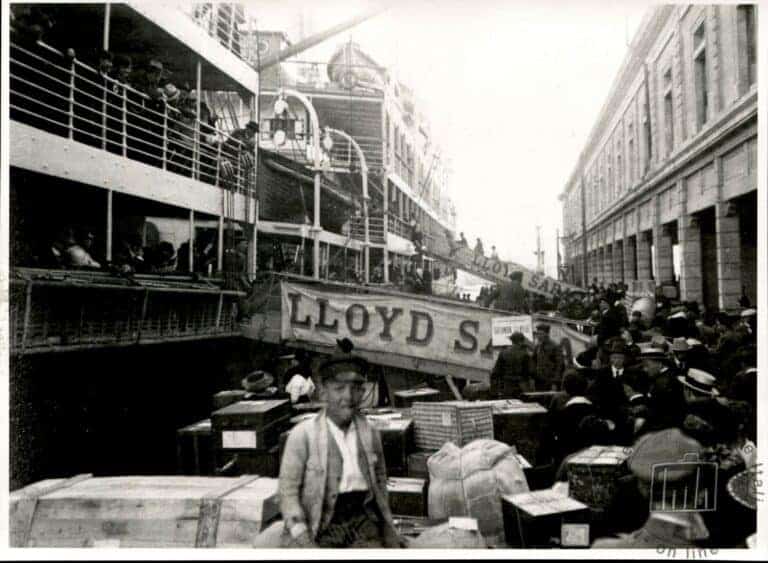Museum - The departure
Why emigrate?
Italian emigration lasted from the last decades of the nineteenth century until the 1970s and was characterized by dispersion throughout the world.
The "expulsion factors" concerned agriculture, which was threatened by cheap imports, competition from some European countries in the oil and wine trade, and, especially in southern regions, the extension of latifundia and the practice of primitive cultivation techniques.
Leave?... Yes!
The decision to leave was often made on appeal from abroad by relatives or friends and was also favored in "emigrant guides" often produced by countries to attract labor, which showed eye-catching images of the nation, unscrupulously offered by agencies and shipping company agents to persuade the undecided to leave. In the last decades of the nineteenth century, Brazil sought to increase immigration from Europe by offering free travel to fazendas where each emigrant family would be given a plot of land.
The procedure for expatriation was to apply for a passport. The one for the emigrant, from the beginning of the twentieth century, had a red cover. On the man's passport were registered his wife and accompanying children.
It goes ... where?
The flow of migration headed, beginning in the last decades of the 19th century, first for European countries and later for overseas destinations.
The availability of money conditioned the choice of expatriate destination. It cost more to reach Latin America where economic prospects were better and language and cultural differences less. The ticket to the United States cost less; here it was easy to find work, albeit low-skilled, in agriculture or industry.
The ports of embarkation were Genoa, Naples, Palermo. The number of departures grew until World War I: it was the period of the" great emigration." At the end of the conflict closed American outlets resumed, in a reduced way, the exodus to Europe. After World War II, departures to destinations, continental or intercontinental, began again.

